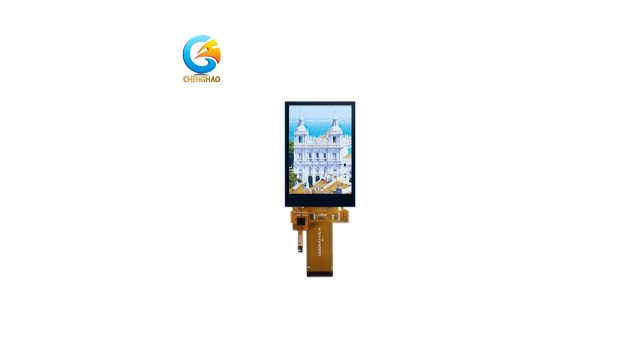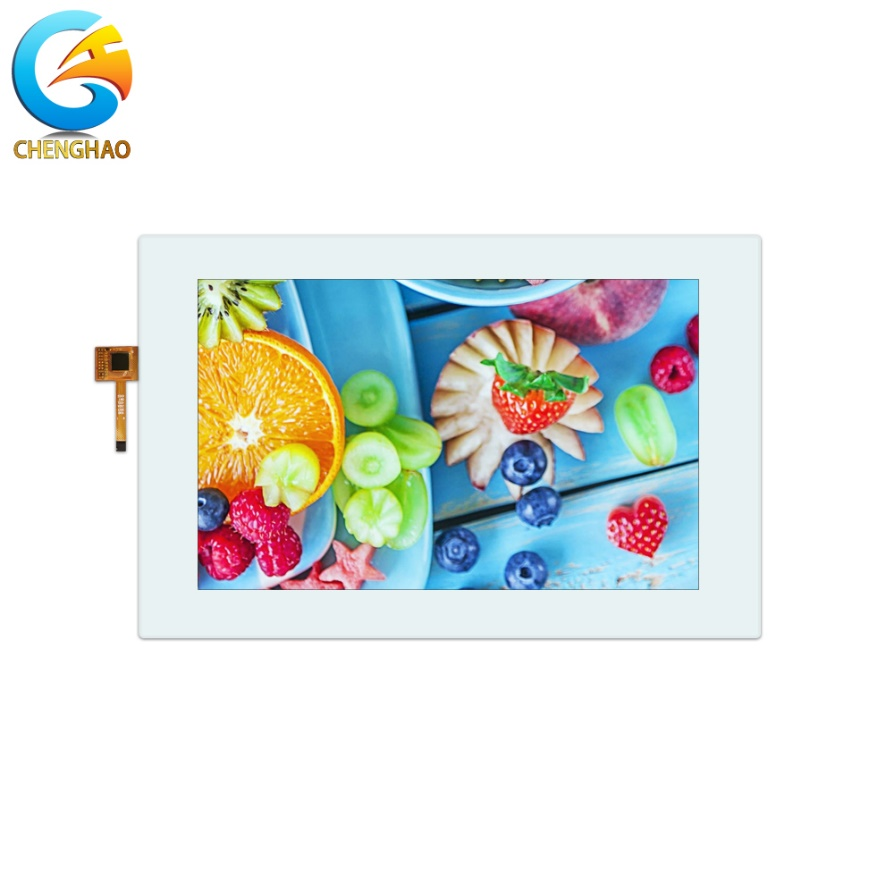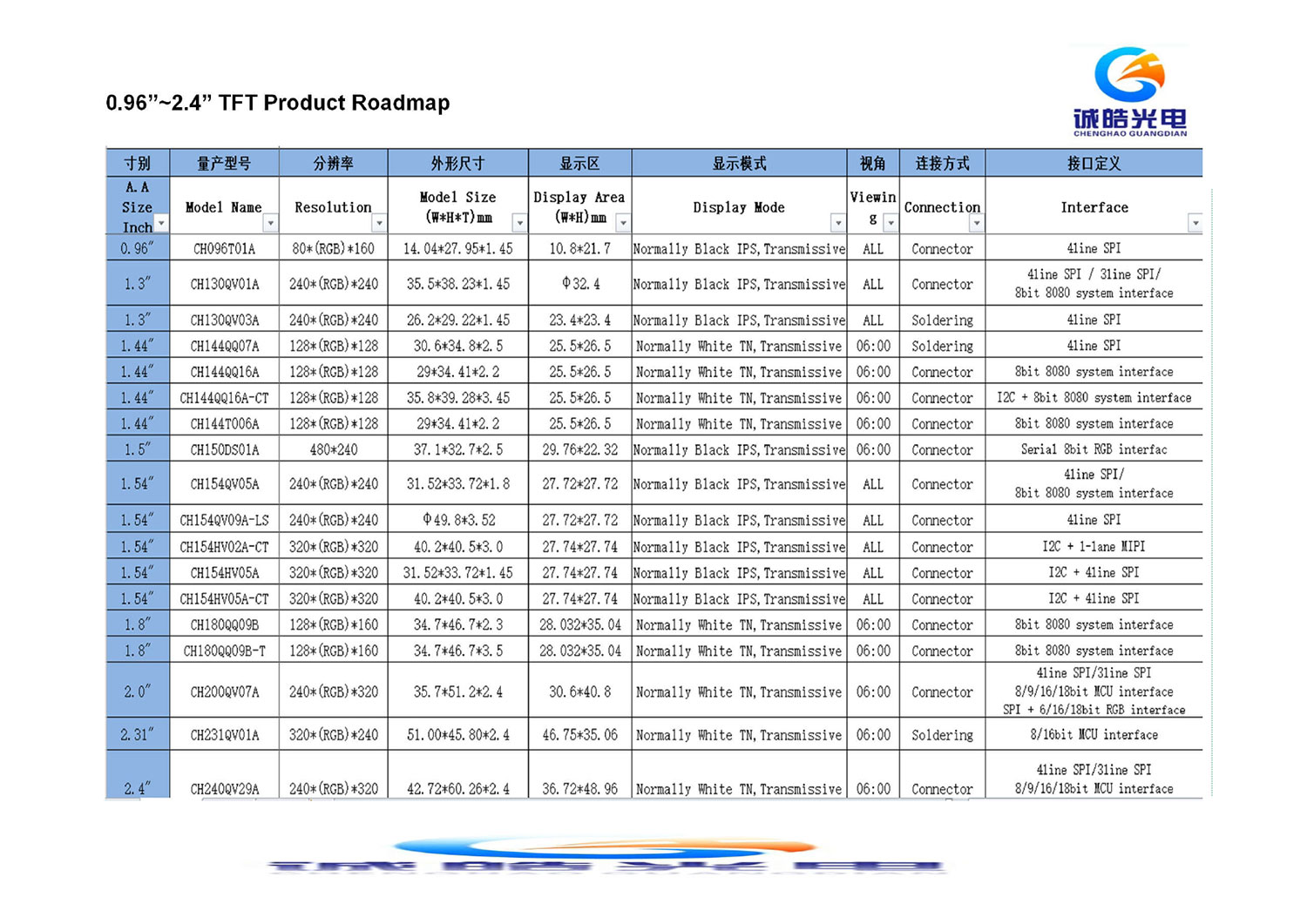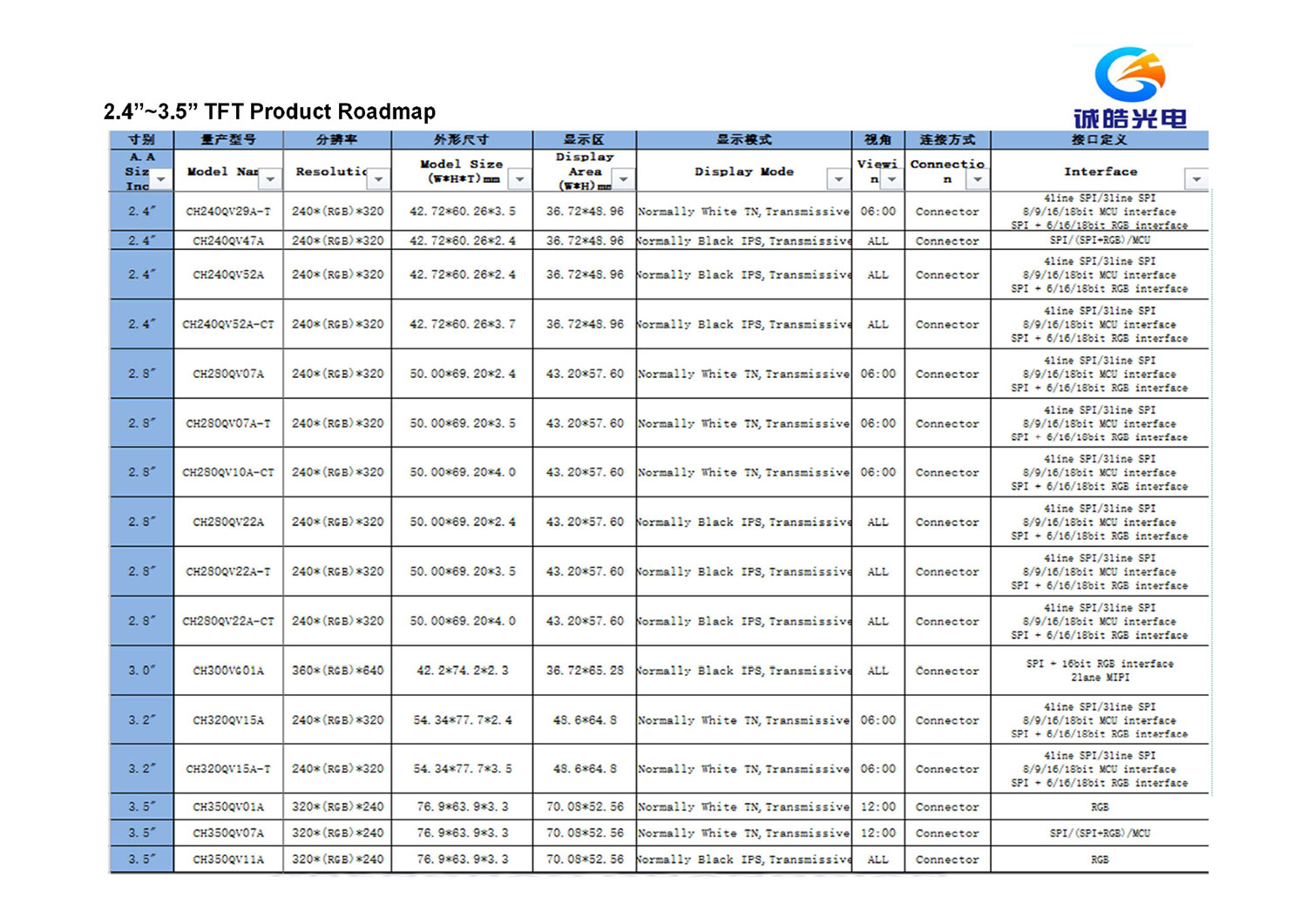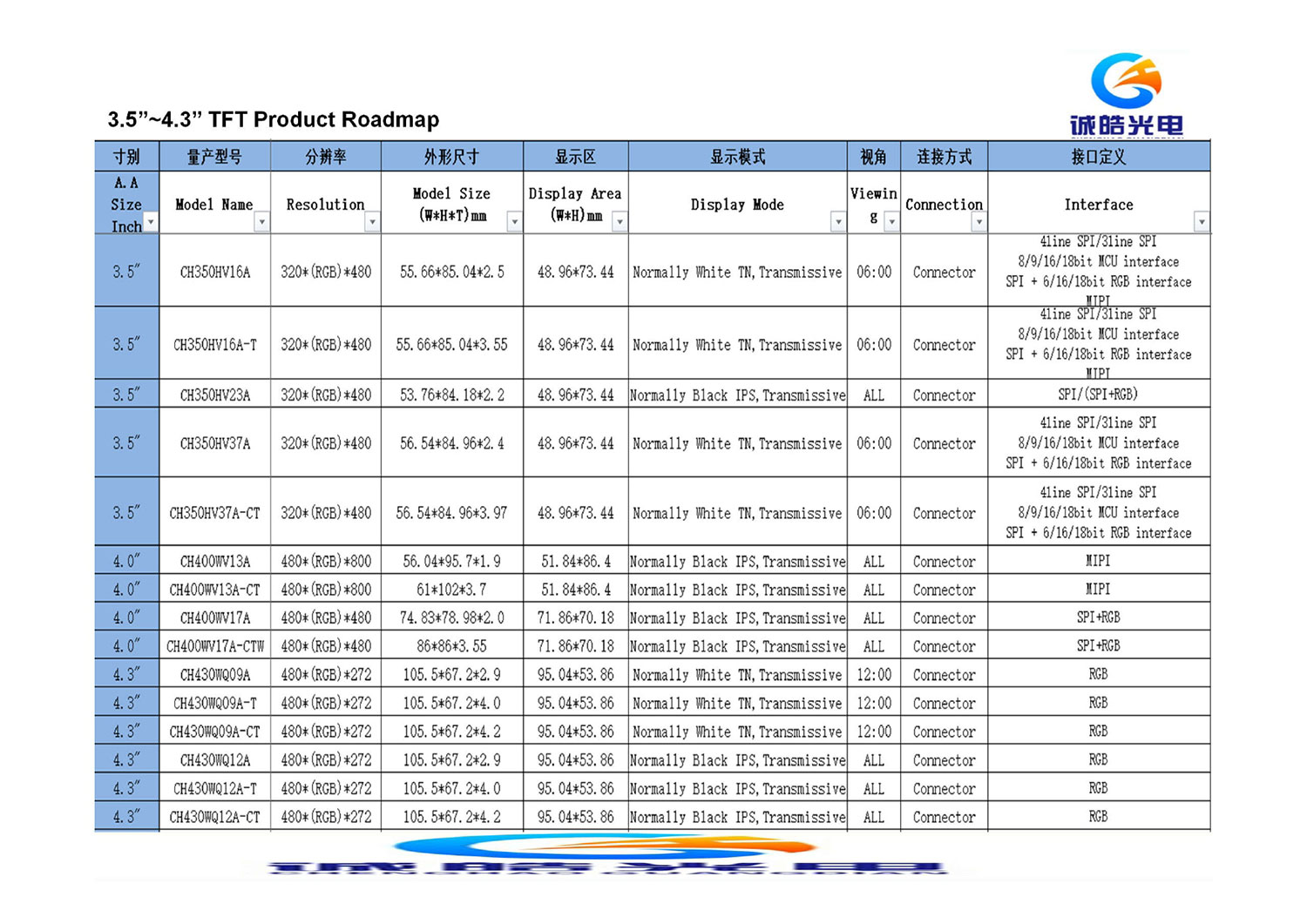What does OLED mean
2023-04-27
OLED, or Organic Light Emitting Display, is a new type of display on mobile phone LCD, known as "Dream Display".
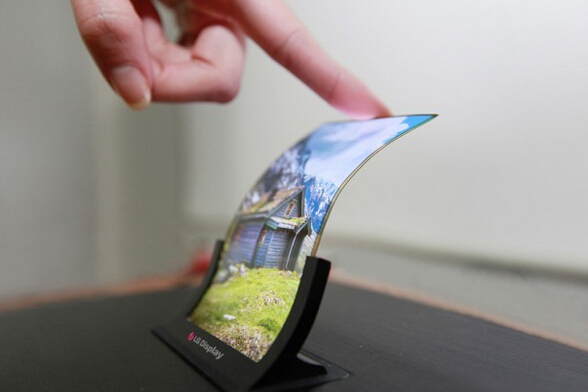
OLED is also called the third generation display technology. OLED is not only thinner and lighter, has low energy consumption, high brightness, good luminous rate, can display pure black, and can also be bent. Today's major international manufacturers are scrambling to increase investment in research and development of OLED technology, making OLED technology more widely used in today's TVs, computers (monitors), mobile phones, tablets and other fields. For example, in July 2022, Apple plans to introduce OLED screens to its iPad series in the next few years.
Working Principle
The principle of OLED display is essentially different from that of LCD. It is mainly driven by an electric field, and organic semiconductor materials and light-emitting materials are injected and recombined to achieve light emission. In essence, the ITO glass transparent electrode is used as the anode of the device, and the metal electrode is used as the cathode. Driven by the power supply, the electrons are transferred from the cathode to the electron transport layer, and the holes are injected from the anode to the hole transport layer, and then migrate to the light emitting layer. Layer, when the two meet, excitons are generated, which excite the luminescent molecules, and generate a light source after radiation. In a word, an OLED screen is composed of millions of "small light bulbs".
Process Flow
The manufacture of OLED Display has very high requirements on technology and equipment. It is generally divided into pre-process and post-process. Among them, the pre-process is mainly based on photolithography and evaporation technology; the post-process is mainly based on packaging and cutting technology. At present, advanced OLED technology is in the hands of traditional LCD manufacturers, such as Samsung and LG manufacturers. Of course, there are also many emerging high-tech companies that also have quite advanced manufacturing technologies, such as China Star Optoelectronics, BOE, Tianma Technology, etc. These Although there is still a big gap in the OLED manufacturing technology mastered by emerging technology companies compared with international giants, it has reached a level that can be applied to actual manufacturing and production.
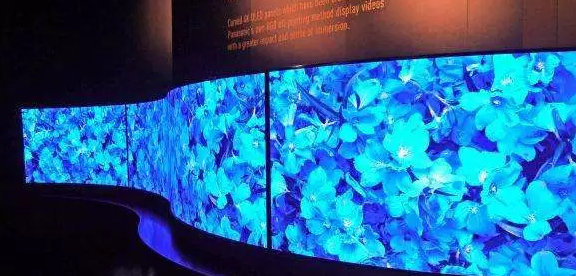
The specific process is:
(1) Pre-treatment of indium tin oxide (ITO) substrates, including the increase of ITO surface flatness and ITO work function;
(2) Add auxiliary electrodes;
(3) cathode process;
(4) Packaging technology, including water-absorbing materials, technology and equipment development.
Practical Application
In the commercial field, small-sized OLED screens can be installed in POS machines, copiers, and ATM machines. BecauseOLED screens are bendable, thin, and strong in anti-aging performance, they are both beautiful and practical. The large screen can be used as a business publicity screen, or as an advertising screen at a station, airport, etc. This is because the OLED screen has a wide viewing angle, high brightness, and bright colors, and its visual effect is much better than that of an LCD screen.
In the field of electronic products, smart phones are the most widely used OLEDs, followed by notebooks, display screens, TVs, flat panels, digital cameras and other fields. Because the colors of OLED display screens are more vivid, and the colors can be adjusted (different display modes), Therefore, it is very widely used in practical applications, especially today's curved TVs, which are widely praised by the masses. A little bit of VR technology needs to be mentioned here. Although it is an industry that rose in 2016 and fell in 2017, it shows the development trend of virtual technology. There is a very serious smear when viewing VR devices on LCD screens, but it will be alleviated a lot on OLED screens. , this is because the OLED screen is to light up light molecules, while the liquid crystal is to flow light liquid. Therefore, in 2016, OLED screens officially surpassed LCD screens and became the new darling of the mobile phone industry.
In the field of transportation, OLEDs are mainly used for ships, aircraft instruments, GPS, videophones, vehicle displays, etc., and are mainly small in size. These fields mainly focus on the wide viewing angle performance of OLEDs, which can be seen clearly even if they are not looking directly at them. To the screen content, LCD does not work.
In the industrial field, my country's industry is now developing towards automation and intelligence, and more and more intelligent operating systems have been introduced, which creates more demand for screens. Whether it is on touch screen display or viewing display, OLED has a wider range of applications than LCD.
In the medical field, medical diagnostic imaging and surgical screen monitoring are inseparable from the screen. In order to meet the wide-viewing requirements of medical display, OLED screens are "the best choice". It can be seen that the development space of OLED display is very high, and the market potential is huge. However, compared with LCD screens, OLED manufacturing technology is not mature enough. Due to the low mass production rate and high cost, only some high-end devices in the market will use top-level OLED screens. In addition to Samsung (currently Samsung can also mass-produce curved surfaces) screen), it is difficult for other manufacturers to mass produce. However, judging from the data in the first half of 2017, various manufacturers have increased their research investment in OLED technology, and many mid-range electronic products in my country have applied OLED displays. From the perspective of the mobile phone industry, since 2015, the application ratio of OLED screens has increased year by year. Although there are still not as many LCD products, high-end smartphones have adopted the most advanced OLED screens, such as iPhoneX, Samsung note8, etc. Therefore, smartphones The development of other electronic products is bound to further promote the development of OLED.
OLED development trend
The future OLED display technology will develop in the following directions:
1. Enter the large-size market:
OLED is the only display technology that can produce large-size, high-brightness, and high-resolution soft screens among all display technologies. Large-size active AM OLED (also known as TFT-OLED) displays have gradually become the research focus of famous foreign companies. The TFTs used in large-size active AM OLEDs are different from those used in LCDs. The combination of OLED and silicon TFT technologies is the only way to develop large-size OLED displays;
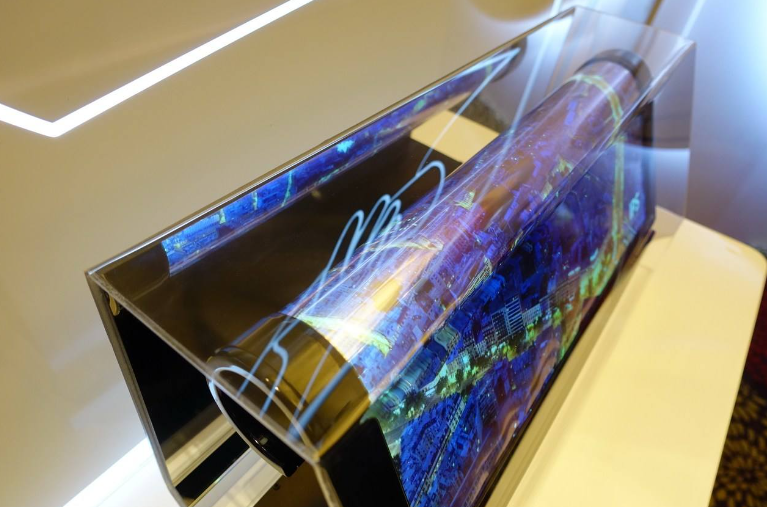
2. Widely promoted in the field of display:
OLED can not only be widely used in 3G communication terminals, wall-mounted TVs, desktop and notebook computers, GPS, digital cameras, PDAs, home appliances, industrial instruments and other civilian products, but also has extremely broad application prospects in the military;
3. Applied to lighting field:
OLED can not only be used as indoor and outdoor general lighting, backlight, decorative lighting and other fields, but also can make fantastic products such as artistic flexible luminous wallpaper, windows that can be luminous in monochrome or color, and wearable luminous warning signs. the
In 2022, the first fully 3D printed flexible OLED display will be available.
As an enterprise focusing on the R&D and manufacturing of display modules, Chenghao Display has been keeping up with the trend and increasing investment in OLED R&D. Today, we have launched our own OLED product (CH091L002A). Welcome to consult our Customer service for detailed information.
























































